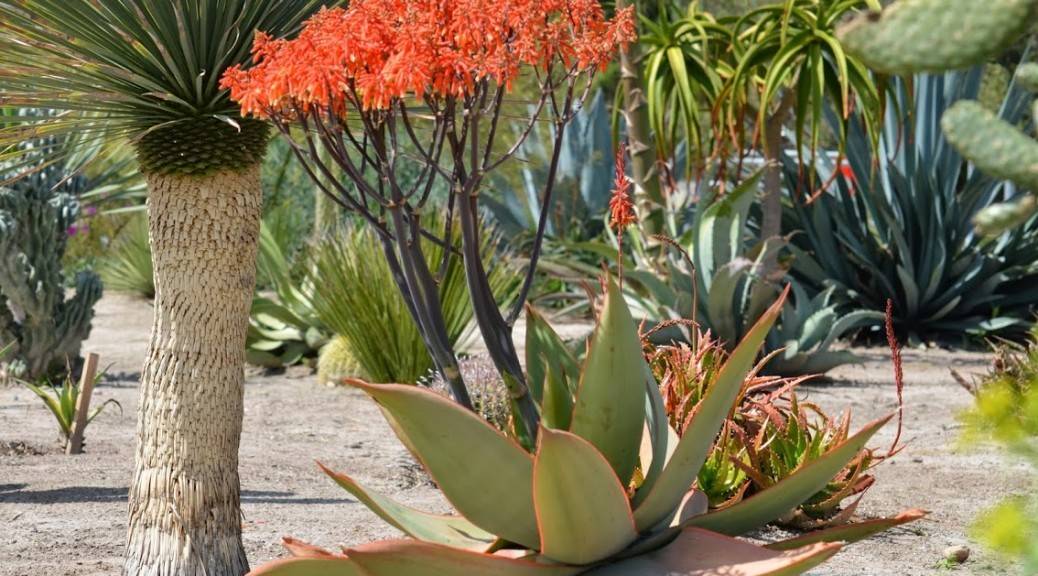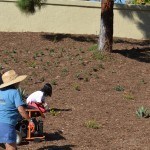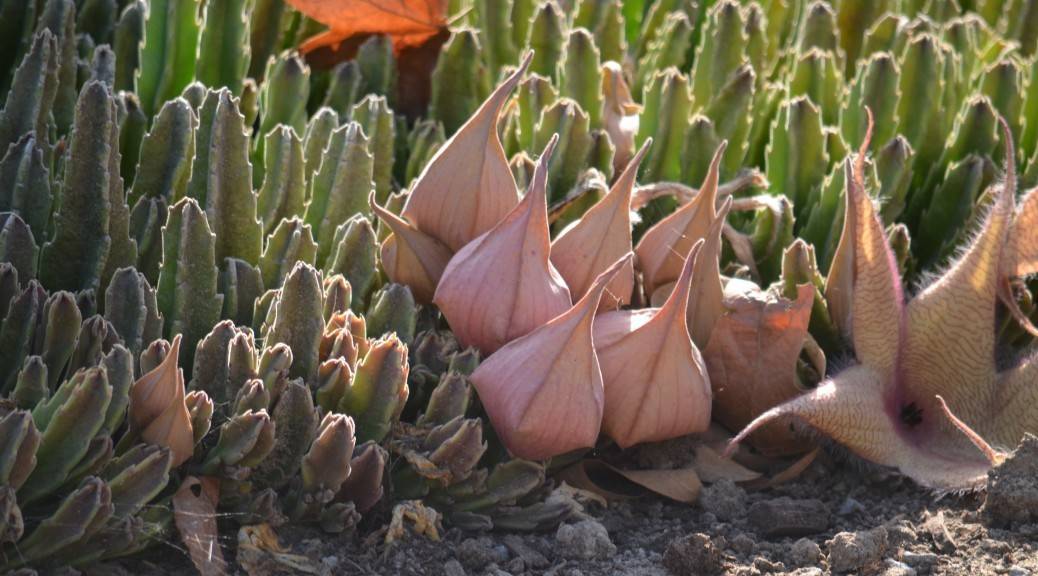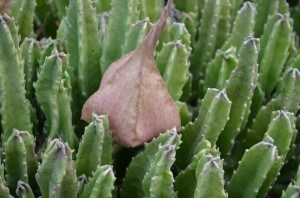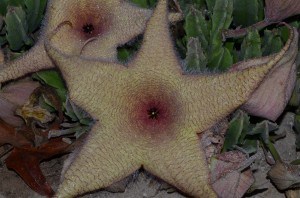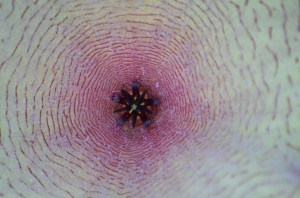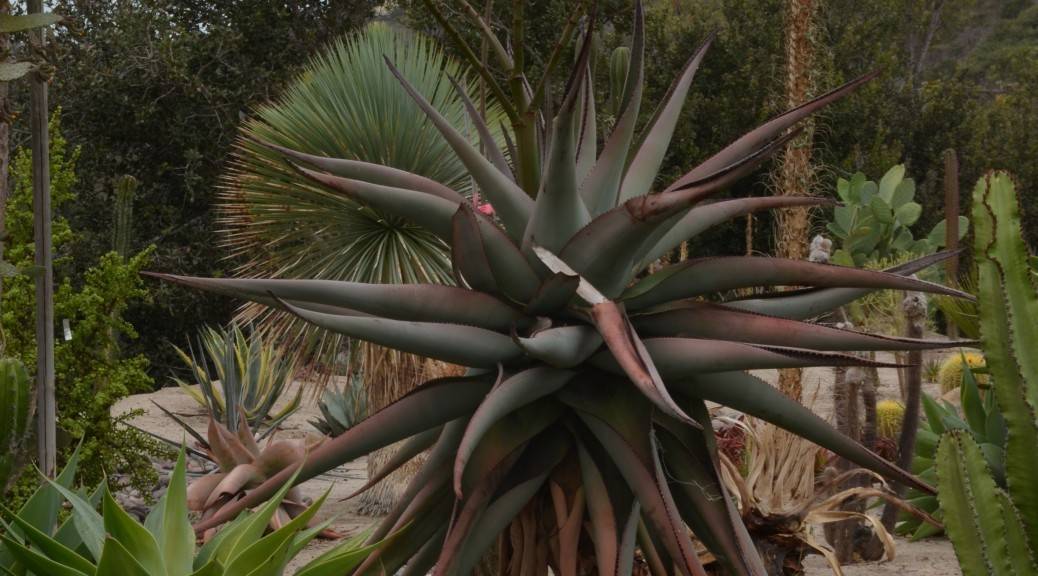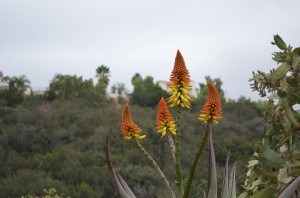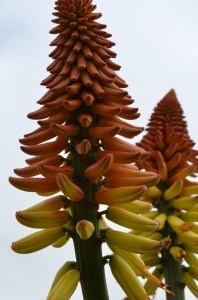Recycle Yard Waste
Don’t bag up and throw away your yard waste! Add them to your compost pile or use them to mulch your shrub or flower beds. If you have a mower shred the leaves by running over them and don’t forget to bag it up when doing this; by shredding the leaf litter this will assure that it will decompose faster. As you build up your compost pile sprinkle some fertilizer that contains nitrogen per 1 foot of leaves to encourage decomposition and remember to keep the pile moist.
Weeding
Weeds will continue to grow during the cool season. Don’t let weeds take over your shrub and flower beds. Your best defense is to keep the soil surface of the beds covered with 2-3 inches of mulch or commonly known in the green industry as weed suppression. Cultivation and hand weeding selectively removes weeds from the landscape. If weeds are scattered throughout the landscape, hand weeding may be the preferred management method. Hand weeding is time consuming, but is a must in all weed management programs to keep weeds from seeding. There is no getting around it; hand weeding must be repeated frequently until plants become established. Cultivation can damage shrubs with shallow roots, bring weed seeds to the soil surface, and propagate perennial weeds. When cultivating avoid deep tilling; this brings buried weed seeds to the soil surface where they are more likely to germinate. Continue reading Fall-Winter NewsLetter

